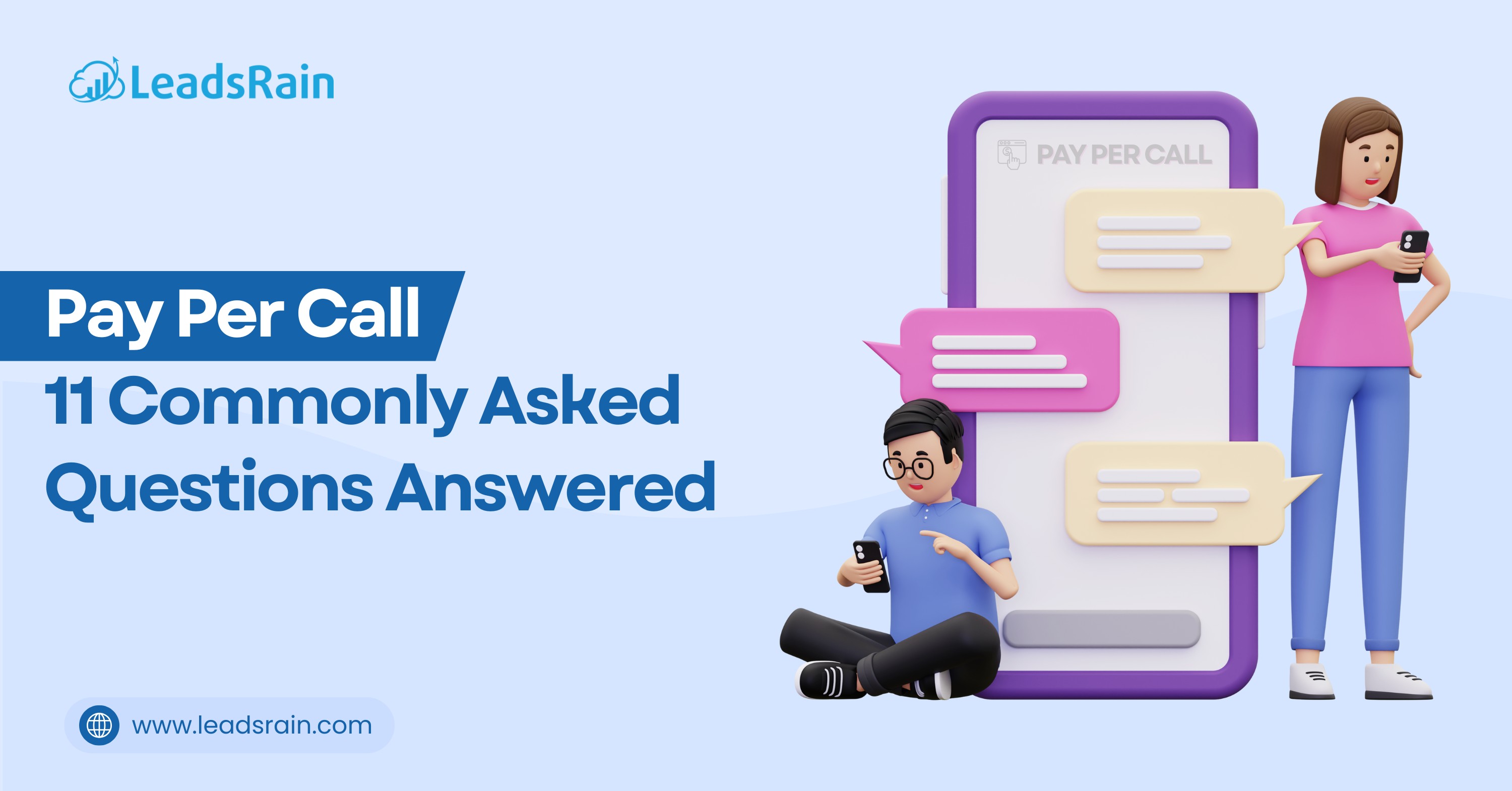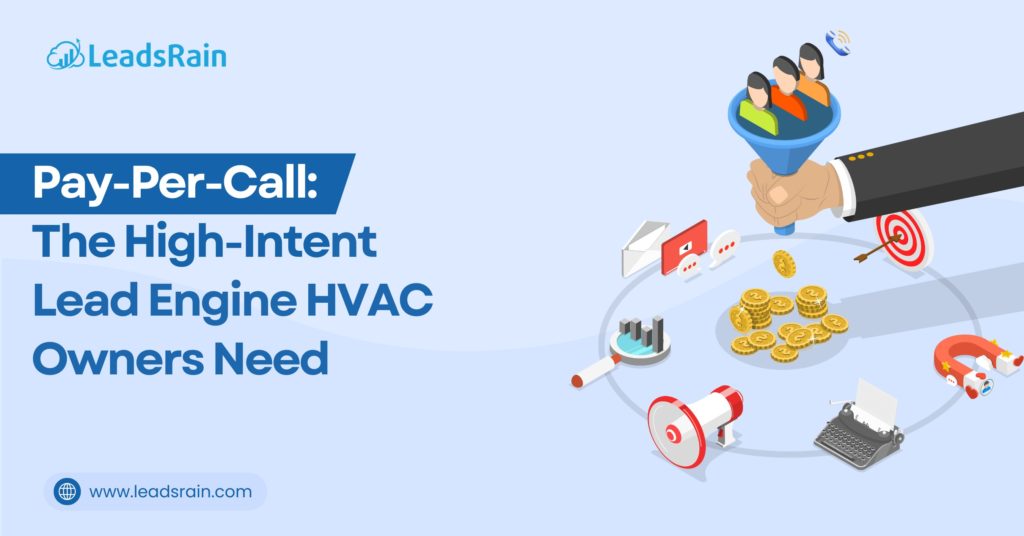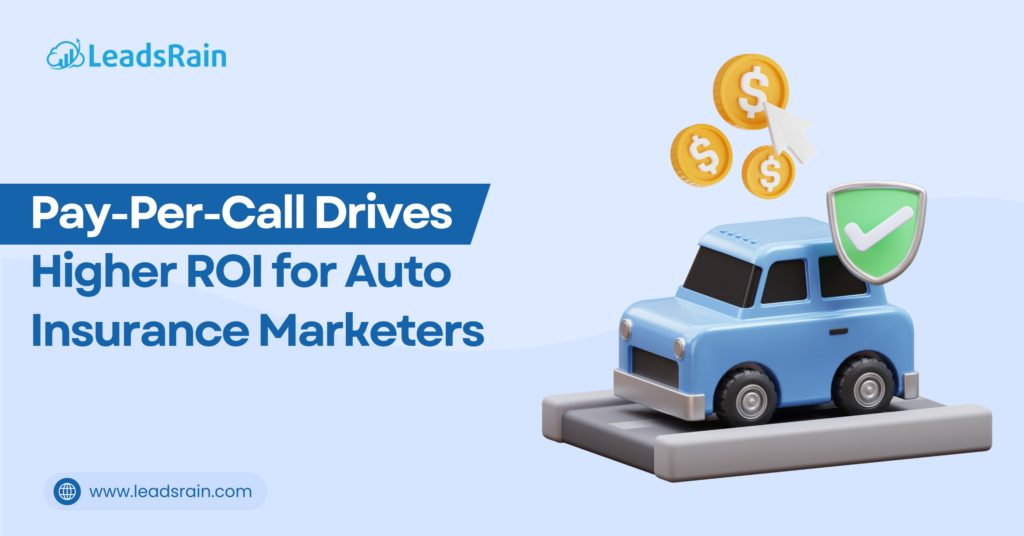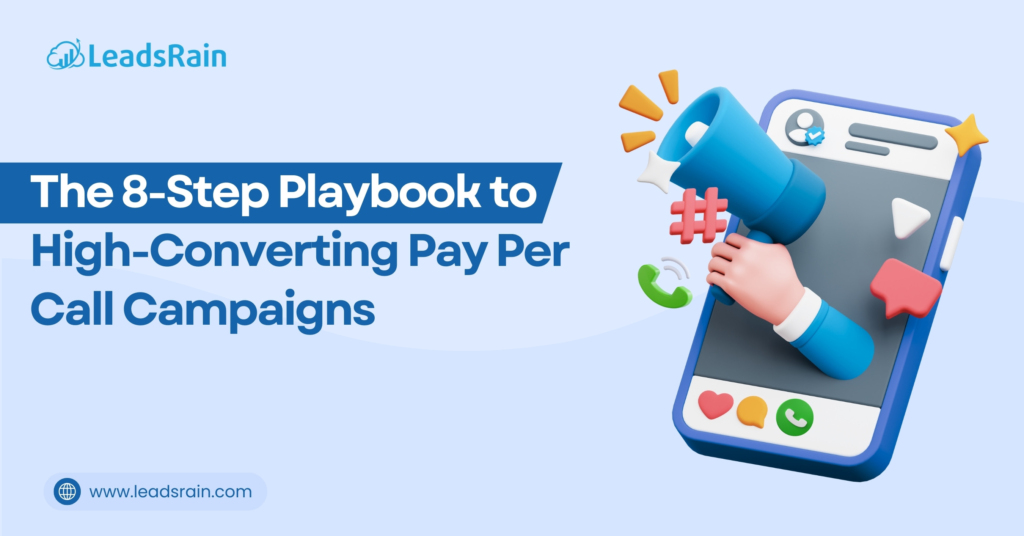Phone calls still matter—especially when someone is ready to hire a plumber at 2 a.m., needs legal help after an accident, or wants to compare insurance quotes. While much of digital marketing focuses on clicks and form submissions, many high-value decisions happen over a live conversation. For these businesses, a phone call isn’t just a lead—it’s often the first step toward a closed sale.
Pay-per-call bridges the gap between online advertising and real human interaction. Instead of hoping a website visitor fills out a form, advertisers pay only when a qualified prospect actually picks up the phone. This model rewards performance, reduces wasted spend, and delivers leads that are further down the buying journey.
In this article, we answer 11 common questions about pay-per-call—covering how it works, who uses it, how calls are tracked, and how to get started—using clear language and practical examples.
1. What is Pay-Per-Call?
Pay-per-call means you pay only when someone calls your business through a tracked phone number shown in an ad. The call must meet certain conditions—like lasting long enough or coming from your service area—before you’re charged. This model is common in industries where decisions happen over the phone, such as legal services, home repair, or insurance.
2. How does it work?
A pay-per-call campaign runs through a tracking platform that assigns unique phone numbers to your ads. When a user sees your ad and dials the number, the system:
- Records the call duration, time, and caller location
- Routes the call to your real business line
- Checks if the call matches your “billable” rules
- Charges you only if it qualifies
The whole process happens in real time, and most platforms let you listen to recordings or view transcriptions afterward.
3. Which businesses use Pay-Per-Call?
Businesses that rely on phone conversations to close deals get the most value. These include:
- Law firms – Clients often call after an accident or legal issue
- Plumbers, electricians, roofers – Customers need fast help and local service
- Insurance agents – People call to compare plans or file claims
- Dentists and clinics – Appointments are usually booked by phone
- Mortgage brokers – Complex products require personal discussion
If your sales process starts with a live conversation, pay-per-call can deliver better leads than online forms.
4. How are calls tracked?
Tracking happens through special phone numbers tied to your campaigns. There are two main types:
- Static numbers: One number used for a specific source (e.g., all radio ads use the same number). Easy to set up but less detailed.
- Dynamic numbers: The number changes based on who’s visiting your site or which ad they clicked. This gives you exact data like “this call came from a mobile search for ‘emergency AC repair’.”
The platform logs every detail—device type, source, duration—and often flags spam or short calls automatically.
5. What counts as a billable call?
Not every ring costs you money. You decide what makes a call worth paying for. Most advertisers use rules like:
- Call lasts at least 30–60 seconds
- Caller is in your service area (based on area code or GPS)
- Call happens during business hours
- It’s not a repeat call within 24 hours
Some platforms also let you mark calls as “non-billable” manually after listening to the recording.
6. Is Pay-Per-Call the same as call tracking?
No. Call tracking is a tool that shows where your calls come from—it helps you understand which ads or websites are driving phone traffic. Pay-per-call is a payment model where you pay partners or networks for each qualified call they send you. You can use call tracking without pay-per-call, but you can’t run pay-per-call without proper tracking.
7. Can I use my regular business number in ads?
You shouldn’t. To track performance accurately, you need a forwarding number provided by your pay-per-call platform. The good news: callers won’t notice any difference. When they dial the ad number, it instantly rings your real office line. Your team answers as usual, and your existing phone system stays unchanged.
8. How much does it cost?
Costs depend on your industry and location. Here’s a general idea:
- Legal (personal injury): $75–$200 per qualified call
- Home services (plumbing, roofing): $20–$60
- Insurance: $30–$100
- Healthcare: $15–$50
You only pay when a real, qualified lead calls—so even if the per-call price seems high, the actual cost per sale may be lower than other channels.
9. Should I choose Pay-Per-Call over online leads?
It depends on how your customers buy.
If your service requires trust, urgency, or explanation—like fixing a leaky roof or handling a car accident claim—phone calls often convert better than web forms. People calling are usually further along in their decision.
But if you sell simple products online or use chatbots effectively, clicks or form fills might be enough. Test both and compare your actual conversion rates.
10. How do I avoid fake or low-quality calls?
Most fraud comes from wrong numbers, hang-ups, or spam. To protect yourself:
- Set a minimum call duration (e.g., 45 seconds)
- Block calls from outside your service zones
- Use platforms that detect repeat callers or bot-like patterns
- Review call recordings weekly during the first month
- Work with trusted networks that vet their publishers
Start with a small budget until you’re confident in the lead quality.
11. How do I start using Pay-Per-Call?
Begin with these steps:
- Define a qualified call – Decide how long it should last and where it should come from.
- Pick a platform – Choose one with good tracking, fraud filters, and easy setup (e.g., Invoca, Ringba, Marchex).
- Get your tracking number(s) – Set up static or dynamic numbers based on your needs.
- Launch a test campaign – Run ads on one channel (like Google Search) with your new number.
- Monitor and adjust – Listen to calls, check conversion rates, and refine your rules.
Once you see consistent results, scale to more channels or increase your budget.
Conclusion
If your business thrives on phone conversations, pay-per-call could be the missing piece in your marketing mix. It’s straightforward, performance-based, and puts you in direct contact with customers who are ready to talk.
Got questions about setting up your first campaign or choosing the right platform? We’re happy to help. Just drop us a line at support@leadsrain.com —no bots, no forms, just real people ready to chat.




